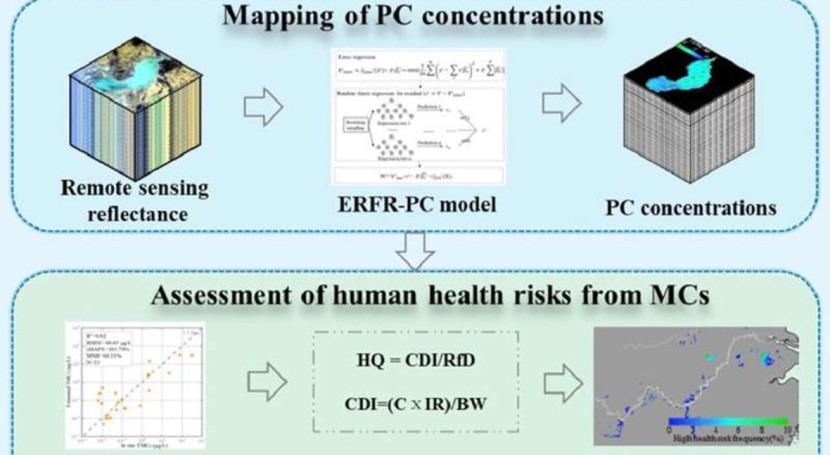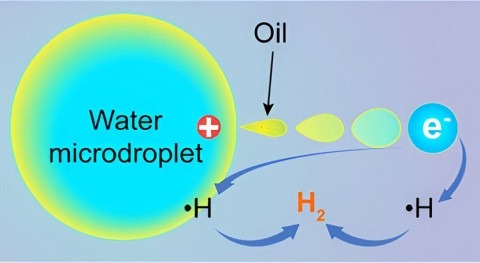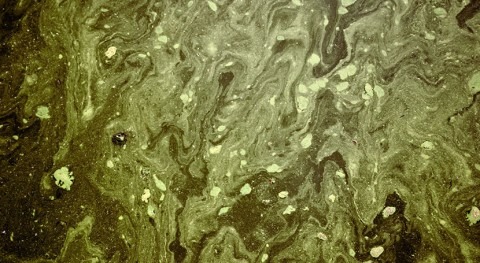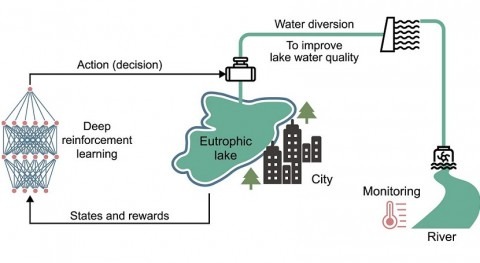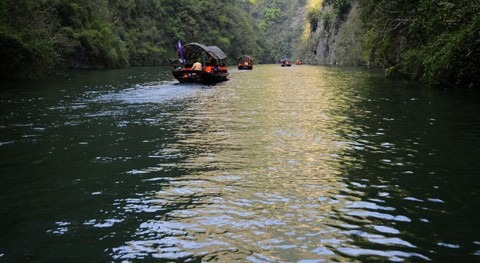Under the combined impact of climate changes and human activities, many lakes around the world are experiencing eutrophication and cyanobacterial blooms. Microcystins produced by cyanobacteria pose a serious threat to drinking water safety.
Recently, researchers led by Prof. Duan Hongtao from the Nanjing Institute of Geography and Limnology of the Chinese Academy of Sciences have developed an assessment scheme for human health risks of microcystins in lakes based on satellite data.
The research findings were published in Water Research on Sept. 18.
"Microcystins do not absorb or scatter light, making them undetectable by optical sensors directly," said Prof. DUAN. "Therefore, the key to monitoring microcystins from satellites is to find a surrogate optical water quality parameter that links them to remote sensing signals."
"Microcystins are secondary metabolites of cyanobacteria, so they have good relationships with pigment concentrations such as chlorophyll-a and phycocyanin," said Dr. Shen Ming, first author of the study. "In particular, phycocyanin is a unique pigment of cyanobacteria and responds to environmental factors similar to microcystins."
Utilizing this relationship, the research group developed a "two-stage" remote sensing assessment scheme for microcystins health risks: an enhanced random forest regression model for phycocyanin concentration was developed, and the microcystins were estimated from derived phycocyanin concentrations. Subsequently, the hazard quotient method was used to evaluate the health risks of microcystins.
The analysis showed that in eastern China, most large lakes have experienced high risks exceeding one pixel (300m×300m) at least once, but the frequency of high risks is only around 1% in most water areas. This indicates that from the perspective of microcystins, most water bodies can still be designated as water sources for drinking water, but management authorities need to take measures against cyanobacterial blooms.
"Our study emphasizes the potential of satellite remote sensing in monitoring and assessing microcystins risks and ensuring drinking water safety. It provides a technical reference for advancing the implementation of the Sustainable Development Goal 6.1 (safe and affordable drinking water)," said Prof. Duan.


